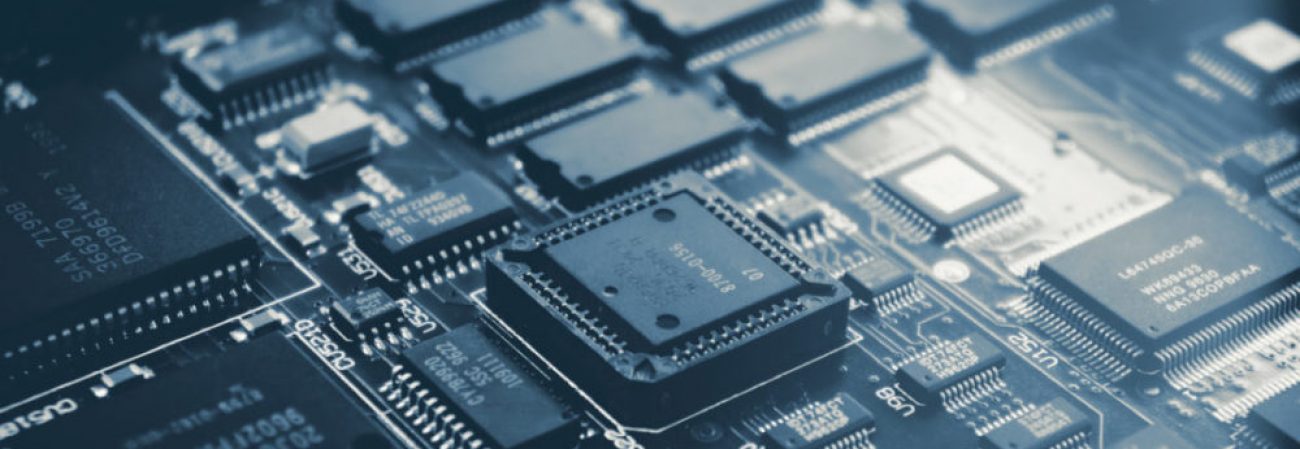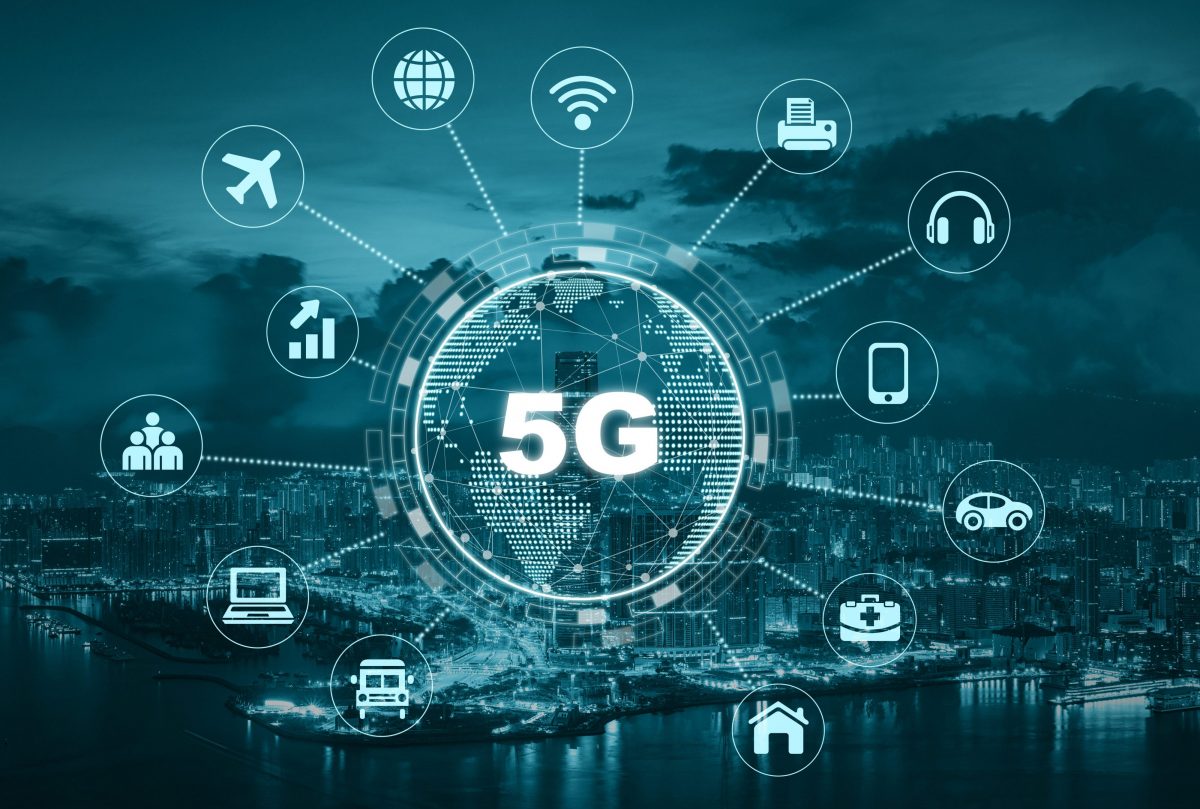The advent of 5G has been greeted with great fanfare worldwide. First announced in USA in 2018, global operators from early 2019 have begun to launch new 5G networks. 5G has already been deployed in over 50 countries, and is growing in coverage with great rapidity. It is obvious that the rate of adoption of 5G is much faster than that of even 4G. But what’s the hurry? The reasons for this rush will become obvious as we continue with this discussion. To put it simply, 5G is able to bring with it economic largesse such as the world has never seen. The figures read like something out of a fairy story, but they are the result of cold reasoned calculation by some of the finest financial brains in the world. It is therefore important for us all to study the possibilities of this brand new technology, and if possible, join the party as soon as possible. And hence, we present the following review on – 5G internet explained.
A Touch of History
“5G” is the Fifth Generation of mobile networks around Planet Earth. The preceding age group started from 1G and has continued in an unbroken chain up to the present, 5G. Their core contributions are as below:
- 1st Generation: The 1G Generation was all about audio clarity. The analog voice delivery and its continuity of transmission was the main focus. Introduced in the 1980’s
- 2nd Generation: 2G was all about Digital Voice delivery, such as Code Division Multiple Access (CDMA). It occupied the early 1900’s
- 3rd Generation: The 3G Generation dominated the early 2000’s, and introduced CDMA2000 mobile data
- 4th Generation: The 4G LTE steered in the mobile broadband era
- 5th Generation: The Fourth Generation is still very much with us, but the speed with which 5G networks are replacing 4G, it will not be long before 4G makes way for the 5G. 5G is unified, and far more capable of interfacing with IoT (Internet of Things).
The Workings of 5G
5G is also OFDM-based (Orthogonal Frequency Division Multiplexing) like 4G LTE, and operates more or less on the same principles. But the (New Radio) new 5G NR Air Interface will improve OFDM to develop extremely high degrees of Scalability and Flexibility. Better Mobile Broadband services, compared to 4G LTE, will be delivered. But its services will now be extended into new areas, such as, Mission-Critical Communications and Massive IoT. A new self-contained TDD sub-frame design will help enable these new services.
Need For Speed
The peak data rate of up-to 20Gbps has been designed into the 5G delivery system, based on IMT-2020 requirements. Typically, the fastest available up-to now has been 7.5Gbps in downlink peak data rates. 5G is not just fast; it is designed to provide far more network capacity by expanding into new spectrum, such as, mmWave. Much lower latency for a near-instant response can be provided by 5G that can create a much greater User experience, by keeping the Data rates consistently high, even when Users are moving around. The new Mobile network 5G NR is supported by a Gigabit LTE Coverage, which consistently provides Gigabit-class connectivity.
Usage
5G is mainly used across three main types of connected services, which are as follows:
Enhanced Mobile Broadband: The massive enhancement of mobile broadband in a single step can not only improve the existing services on our smart phones massively, but also this 5G technology can usher in new experiences such as immersive Virtual Reality (VR) and Augmented Reality (AR), with its high speed flow of uniform data rates. The lower cost-per-bit will allow everyone with 5G to enjoy the VR and AR experience.
Mission-Critical Communications: The reliability of 5G can enable industries with extra reliability requirements. Remote control of critical infrastructure, vehicles and medical procedures require absolute reliability. The 5G network can deliver this ultra-reliability at high speed and enable new transformative services for state-of-the-art industries.
Massive IoT: A vast number of embedded sensors can be seamlessly connected through 5G networks by the ability of scalability. 5G can scale down in Data Rates, Mobility and Power. This provides extremely low cost and economic connectivity solutions.
5G Benefits
The advent of 5G has excited people around the world such as no other recent happening. But why is this? A little explanation should suffice. The impact is seen to be much greater than previous generations. These benefits are as follows:
- A minimum of US$2.1 Trillion in GDP growth is expected from the 5G generation. Employment creation is expected to be at least 22.3 Million new jobs being created. The global growth is being driven by 5G to the extent of a minimum of US$13.2 Trillion of Global Economic Output.
- The requirement for development in 5G networks are expanding directly to non-traditional applications, like the Automotive Industry. Driverless cars will be very dependent on 5G Networks, as will internet based Cab systems like Uber.
- The 5G value chain could single handedly bear up to 22.3 Million jobs. This value chain extends to content creators, app developers, OEMs, operators and consumers. But the chain does not end there. Throughout the economy are numerous people providing network dependent services, all of now depend on the success of 5G.
- 5G can lead in immersive experiences like much lower cost-per-bit, lower latency, data flow rates, (Augmented Reality) AR with much faster, and (Virtual Reality) VR.
- 5G is designed for “forward compatibility”. This is the capability to support future services that are unknown today.
5G at Home
Usage of data per month by the average consumer is expected to go up, from the present high consumption of 2.3GB data per month, today, to over 11GB of data per month on smart phones. The explosive growth in video traffic, as mobiles are increasingly becoming the source of media and entertainment, as well as enormous increase in connected Cloud Computing, is driving this immense leap in individual data consumption.

